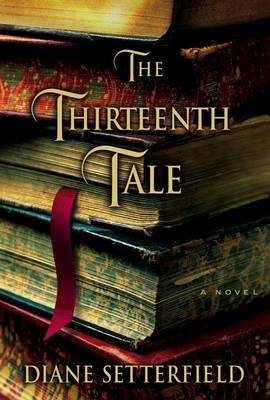Reviewed by Michael @ Knowledge Lost on
The Thirteenth Tale is a tapestry of two threads weaved together, Margaret’s story both past and present as well as Winter’s past. A gothic mystery that deals with death, identity, isolation and for me it felt like it was a novel about how evil twins are. I’m not sure if it was the current mood I was in when reading this book but I felt like this book was trying too hard to be something it couldn’t live up to. Two alternating narratives can be a difficult literary technique to get right but I never really felt it worked. Sure, many people loved this book but I wonder if they were too caught up in the narrative to notice the problems.
It is true, the writing in the novel is spectacular and I did find myself being swept away in this gothic narrative but then when I reflect back, I notice all the flaws. The novel sets out to piece together the puzzle of both Margret and Ms Winter but some of the pieces were lost and we are left with all these holes. I’m not satisfied with the amount of questions that were left unanswered, I was just left feeling disappointed and have no desire to try and reread this in the hopes to find what I might have missed.
For a gothic novel, I felt like it moved into the realm of clichés; from the mysterious manor to the mysteries of their pasts, everything felt rather predictable in that aspect. I felt like this book was borrowing rather heavily on some gothic classics, there were elements of Rebecca here and even the Brontës. Now I haven’t read Jane Eyre but with the amount of references made to this book in The Thirteenth Tale, I suspect that this was a major source for Diane Setterfield gothic attempts. I never felt like there was anything new or interesting with the plot of this book.
I wish I knew what make people give this book such a high rating, sure the writing was beautiful but I felt like Diane Setterfield tried to do too much in her first novel and it didn’t quite work. Maybe if you are new to the Gothic genre this might be a decent contemporary novel to give you a taste of what to expect but I feel like this book left me high and dry. I would recommend Sarah Waters over Diane Setterfield but ultimately I would rather some of the gothic classics.
This review originally appeared on my blog; http://literary-exploration.com/2013/04/28/book-review-the-thirteenth-tale/
Reading updates
- Started reading
- 5 April, 2013: Finished reading
- 5 April, 2013: Reviewed
